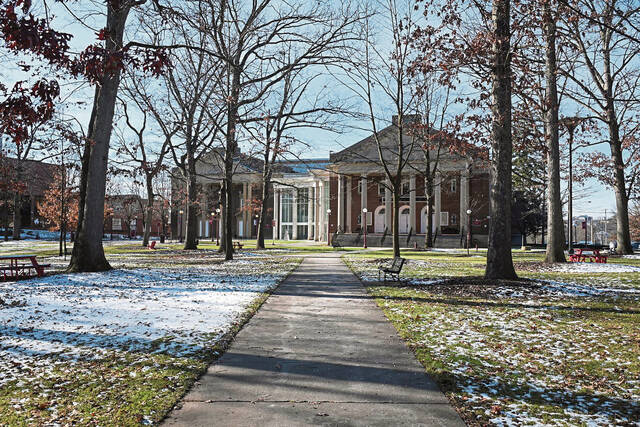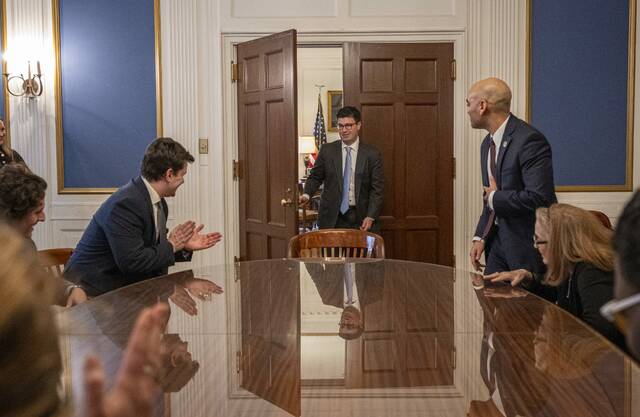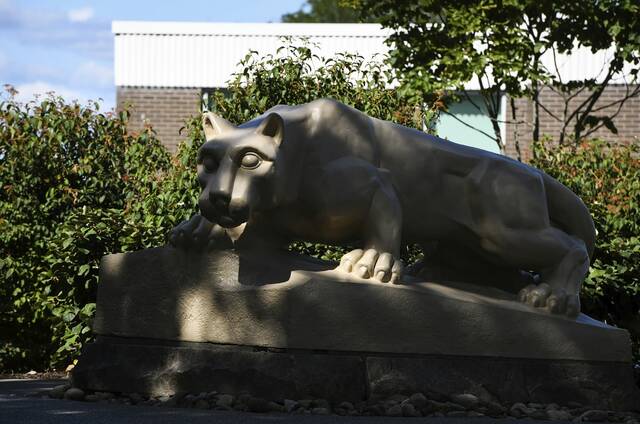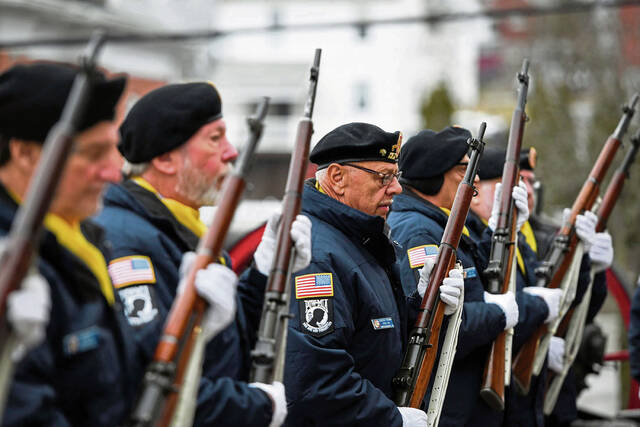Pennsylvania needs teachers.
The U.S. Census Bureau puts the number of children in the state at 20% of its population of 13 million. That’s more than 2.6 million. It has 500 public school districts with more than 3,200 individual schools. That doesn’t include charters, parochial schools, private schools, preschools or other educational programs.
It also doesn’t touch the 300 or so post-secondary institutions — from technical schools to community colleges to first-class research universities.
Pennsylvania needs teachers not just because it is chock full of students to educate but because education is a massive sector of the job market — and people applying for those jobs are declining. So are the number of people being certified with the skills to do the work.
The Pennsylvania State System of Higher Education — the network of state universities — educates more than 85,000 undergraduate and graduate students. Fewer and fewer of them are training to be teachers — exactly what the “normal schools” of the late 19th and early 20th century were created to do.
Add the decline in education majors and teaching certifications to the retiring of baby boomer and older Gen X teachers, and Pennsylvania is looking at an even more critical need in coming years — about 10,470 by 2030.
So how do you fix that? It can be tough when sky-high tuition makes loans necessary for most college students and the student loan issue has become a political football.
One proposal would use the state schools to do their original job of teacher training by making more funding available to fill Pennsylvania’s need. The State System wants to take $56.5 million and put it into “direct financial aid.”
Spokesman Kevin Hensil says the money would not be loans but would go directly to lowering the cost of the attendance. The average student might get $1,500. Those with high needs could see up to $6,500 off a $7,716 tuition bill. Students who live at home while attending school could graduate the way their grandparents did — by paying for their education via a summer or part-time job.
This is just part of a $112 million plan to grow enrollment in programs that feed in-demand fields. Of that, $99 million would be direct financial aid. In addition to education, it would target programs like nursing and social services where the paycheck sometimes doesn’t support loan payments.
The state schools have tried to address the problems of out-of-control tuition growth, as have their much-more-expensive state-related university cousins like Pitt and Penn State. But this is the first proposal that really puts student and community need on equal footing.
Gov. Josh Shapiro has not yet presented his first budget. This proposal should give him something to consider because it starts and ends with one overarching fact: Pennsylvania needs teachers.








